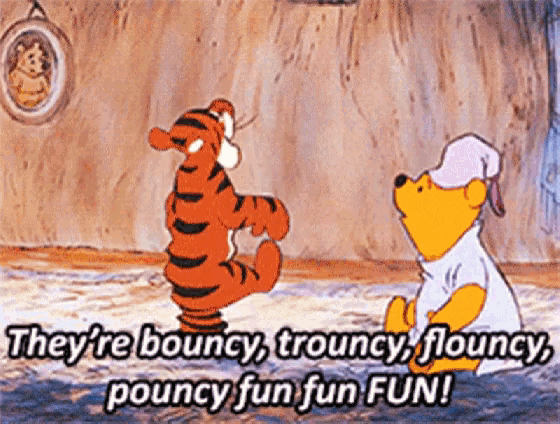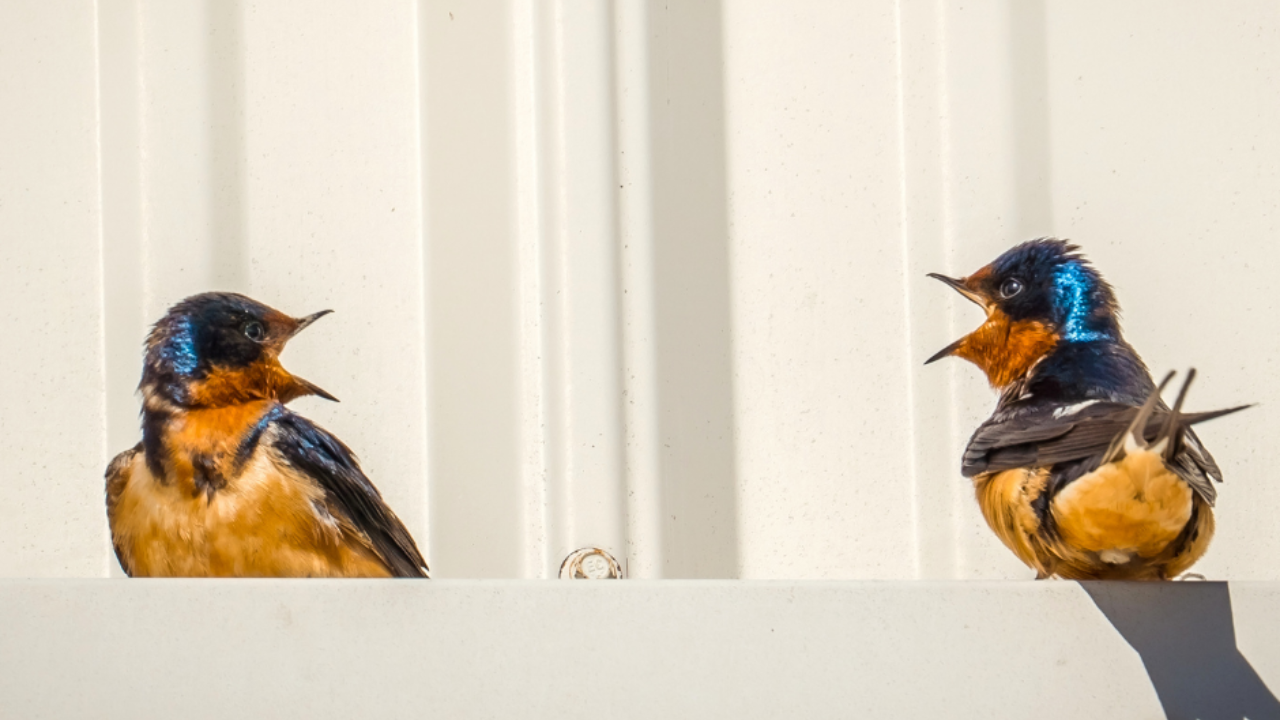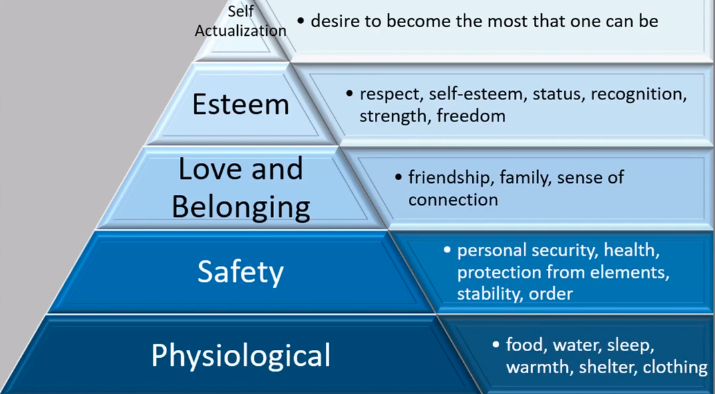Disciplinary Literacy: Teaching Students to Think Like Experts

Our last issue introduced the Project GLAD® strategy, Directed Reading Thinking Activity or DRTA, to use with whole class reading instruction. This is a little gem of a strategy that can be differentiated with elementary classes but also has great potential in the secondary classroom when our focus is disciplinary literacy.
Disciplinary literacy is the idea that each subject area—like math, science, history, or literature—has its own language, ways of thinking, and methods of communicating. To truly master a subject, students must learn how to read, write, and think like experts in that discipline. It’s not just about content knowledge; it’s about understanding how knowledge is created and communicated within a field.
What Is Disciplinary Literacy?
Unlike general literacy strategies, which apply broadly across content areas, disciplinary literacy focuses on the specific ways reading, writing, and thinking happen within each academic discipline. For example:
A historian reads primar...
The Instructional Level Myth

Have you heard?
The efficacy of teaching reading in small groups with leveled texts is a myth. Students learn just as well or better during whole class instruction using a frustration level text.
This seems to be a fairly new concept in education, but when you dive into the research it suggests the use of instruction using a grade-level or above grade-level text for all students.
For educators, including ourselves, who have advocated for and used homogeneous small group instruction for reading our whole careers this can be a hard pill to swallow! Let’s take a closer look at what research can teach us about small group instruction using leveled readers.
The Misuse of Theory
In his book, Leveled Reading Leveled Lives, Dr. Timothy Shanahan, professor emeritus at the University of Illinois at Chicago, describes what he calls the misuse of theory when we look at the historical research that supposedly advocates the use of dividing students into different leveled reading groups and i...
We Believe in YOU!

It’s June! The Countdown Is On...
Can you feel it? The final days are here. Whether you’re tallying the moments or soaking them in, one thing is for sure, you've made it!
Our tip this month is simple and sweet.
Before you retreat, pause for a beat.
So much life has unfolded within your classroom walls. Your students have grown — not just academically, but personally. And that's because of you. Not just your lessons, but your laughter, your listening, your love. The way you’ve shown up, day after day, has left a mark.
Your care has been one of the most powerful things they’ve learned this year. And we hope each one of them walks out those doors with this message echoing inside:
"SOMEONE BELIEVES IN ME!"
And dear teacher, we hope you walk out with that same message ringing in your heart because...
WE BELIEVE IN YOU!
So before you close that classroom door, and dash to your car, take a moment to pause for a beat.
🌸 Pause with gratitude — for each student, for ea...
The Rhythm of Spring: What to do with a classroom of "springy" Tiggers!

Spring is here! The days are warmer, the sun is sticking around longer, and your students are likely feeling a little extra springy (Anyone have a class full of Tiggers this spring?) With all that energy bouncing around, it may take some creativity to help your students stay focused.

What if you could channel all that enthusiasm into something productive? Music is a fun and effective way to engage your students, calm their minds, and make learning feel fresh and exciting. Let’s dive into some musical ideas that will turn your classroom into a springtime symphony!
Sounding the Zero Noise Signal
We all know the classic “Hand in the Air - Zero Noise Signal,” but why not mix it up this spring? Instead of the usual silent signal, try using an instrument or sound effect to grab attention. One year, I used a train whistle during a unit on trains. The students loved it! In April, I switched things up with a rainstick. It was perfect for the spring season and provided an opportunity to...
Where do I find time to prep?

I took my first GLAD® training in the fall of 2004. When I returned to campus after the 5-day demo, my principal asked me to write a reflection of what I had learned. I recently found that (really old) document on my computer while clearing out files.
…One of my favorite strategies was the Narrative. It’s like a story board where you place pictures of the story you’re teaching on a background, and it can be used to teach content, academic vocabulary, and story elements…I also think the expert groups, process grid and cooperative strip paragraph have great promise for teaching note taking from research and expository writing…My biggest concern is finding the time to do the prep that’s required for these new strategies…
Those thoughts have been echoed by multitudes of teachers over the decades!
Your GLAD® training inspires you! Your brain is full of research-based, practical teaching strategies that you know will help your students. And you are making so many connect...
GLAD® Charts and Overstimulation

It was during an IEP meeting that I learned Nicholas would be joining my 4th grade classroom the following Monday. Nicholas was on the autism spectrum and had spent the first 4 years of his elementary school years bouncing back and forth between self-contained and mainstream classrooms. His parents were excited and hopeful for the mainstream placement, but surprisingly my biggest detractor was a colleague.
The special education teacher, who monitored Nicholas's IEP and would be checking in on him monthly, did not want him placed in "the GLAD teacher's classroom." Her biggest concern was the overstimulation that would surely be a problem for him from all the charts posted on the walls. Yes, my classroom was covered with layers of chart paper that my students and I sketched on, wrote on, highlighted, covered with word cards and pictures, read, chanted, and recited on a daily basis.
I knew Nicholas would most likely be fine, but I needed to convince my colleague.
How do ...
Tone down the talking (teacher talk, that is)

Tone down the talking (teacher talk, that is!)
Project GLAD® has become synonymous with making content accessible and retainable for all students. It’s known for creating positive, collaborative classroom cultures. We tout its ability to increase relevancy and cultural proficiency in the learning process.
Beyond all those benefits...
Project GLAD® is about learning language!
All our students are language learners. Whether we’re teaching in a dual language classroom or introducing content specific vocabulary in math, science, art, and literature.
Guided Oral Practice is one of the main components in Project GLAD. The idea is for students to learn language, they need to practice speaking that language.
The question is...
How can we increase and guide student talk?
How much space is there in the day or class period for students to talk? Imagine if we took all the time we try to get students to be silent and repurposed it to promote talking?
Sidenote: For the Middle ...
A GLAD® Goal That Brings You Joy

I admit, I’m one of those people who wait until the beginning of a new year, a new month or a new week to launch a new habit or goal. I just love that feeling of a fresh start.
And yes, I have dozens of half finished journals around the house. Each one heralding a fresh start with a habit I’m still working on actually becoming a habit.
If you’ve been in our coaching courses or training, we will tell you,
“Any day and every day can be a fresh start.”
It’s true. But there’s nothing quite so encouraging as a NEW YEAR to push the reset button.
As educators, we get to experience the impact of a January new beginning in the middle of our school year.
Wherever you are in your GLAD® journey, we invite you to make January a fresh start month! The secret is to make that fresh start something that will last longer than my unfinished journals.
This week at Costco, I ran into a retired teacher who started reminiscing about her GLAD® training. “It really is the golden ticket,” she sa...
What's Up Ahead - Keeping You in the Loop
We experimented, we've listened, we've grown and we've changed!
Are you already feeling the intoxication of summer vacation? Yes, we resonate with you! But really, do we stop learning in the summer? Of course not!
We may be learning different things, like how to drive a 5th wheel, or the best vacation spots on a budget, or what it feels like to read a …. novel!
As educators we’re pretty much addicted to learning.
And we’re instilling that passion for lifelong learning into our students. The last few years have had us all on a steep learning curve and our instructional flexibility and creativity has grown as a result.
We launched Next Steps with Project GLAD® just before the pandemic began, and have been right there learning and growing with you. Thank you for sharing your celebrations, challenges and ideas with us. We've been listening and asking:
- What’s working?
- What do you need?
- What would be even more helpful?
We’ve taken all your suggestions and made some BIG CHANG...
How do you motivate students who don't want to engage?

Have you ever felt completely unmotivated? We’ve all been there. And so have our students.
All teachers struggle from time to time with engaging unmotivated students. It begs the question, why aren’t they engaged? At the most basic level, student need to have their physical and psychological needs met in order to learn. You may be familiar with the phrase, “Maslow before Bloom”. Students who are tired, hungry, lonely, scared, frustrated… face an invisible barrier to engage fully in the learning process.
Today, we’re focusing on meeting students’ needs in one of these areas: love and belonging.

“Feeling personally accepted, respected, included, and supported in the school environment makes students feel they belong to a school (Taylor & Sobel, 2011). Students who lack a sense of belonging are often unmotivated and non-participative.” (OCDE Project GLAD Learning Guide, 2015)
How to enhance a sense of belonging in the classroom
Those of you who were trained by us in Project GLAD...


